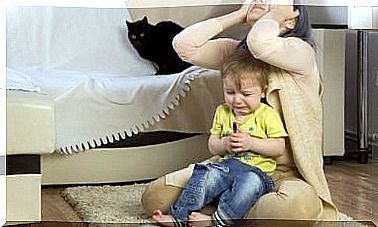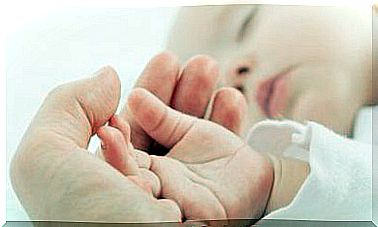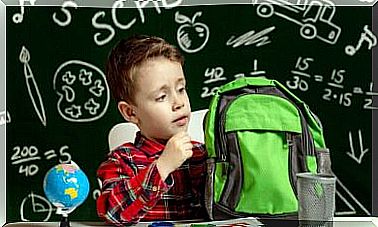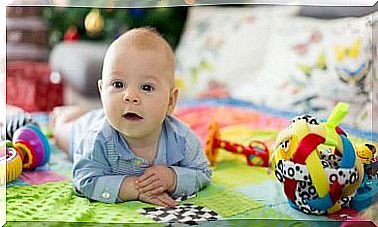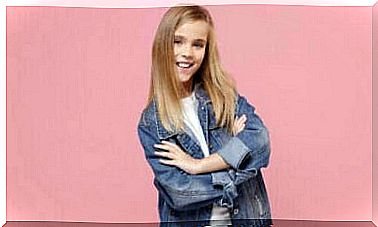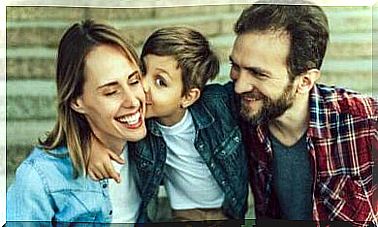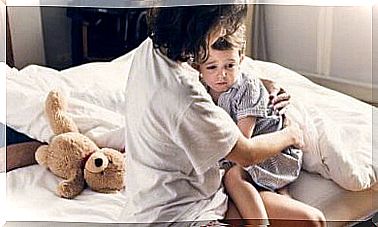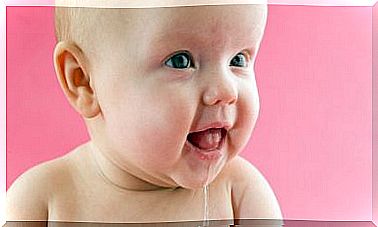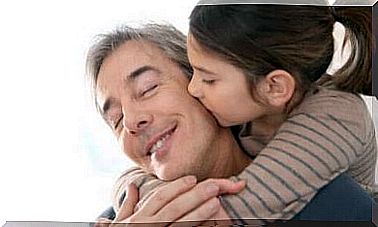Role Model Technique: What You Should Know

Children do what they see and not what they are told. Discover how effective the role model technique can be in guiding your children’s behavior.
The role model technique is part of Albert Bandura’s theory of social learning. This author believed that we learn through observing the actions of other peoples and the results that follow from them.
This type of observational learning, also known as learning through observation, is based on imitating the behavior of someone who acts as a role model.
This process occurs on a daily basis and is particularly relevant throughout childhood. Thanks to this theory, we can understand why children do what they see, instead of doing what they are asked to do.
The role model technique is more than just a natural learning process. It is also an effective therapeutic method of modifying behavior.
What does the role model technique achieve?
The role model technique has several functions:
- Acquisition of new behavior that is not yet part of the person’s behavioral repertoire. For example, the technique has been very effective in promoting the acquisition of social skills.
- Loss of inhibitions for behaviors that have been blocked by fear or anxiety, as is the case with phobias. These conditions have been successfully treated after the person has observed how a role model handled the dreaded situation without experiencing negative consequences.
- Inhibition of excessive or unwanted behavior. A behavior is modified by exposing the person to an image of a role model who suffers from the negative consequences of the unwanted action.

Factors influencing the role model technique
- The character traits of the model. This technique is more effective when the model resembles the subject both physically and personally. We also tend to imitate the models that we, to a greater extent, perceive as prestigious or that have a certain influence on us. Furthermore, with children, parents, a sibling or a teacher can serve as the primary models.
- The character traits of the subject. If the subject has a sensory deficiency, such as blindness, or if he or she is in a state of high anxiety, it will be difficult for them to perform the behavior of the model.
- The situation is also an important factor. It has to make the subject curious enough to make him aware. Furthermore, the person will be more likely to resort to imitation if the situation is uncertain, unknown or difficult.
Types of models
1. Active or passive. At first, the subject imitates the behavior after observing it. In the latter, the observer acquires the behavior on a cognitive level, but does not perform it.
2. Participating or non-participating. This depends on whether the subject interacts with the model (as it appears in speech therapy) or whether he or she is limited to observation.
3. Lens behavior or intermediate behavior. Depending on the degree of difficulty, a model may demonstrate the final behavior, or several, simpler, intermediate steps.
4. Positive, negative and mixed modeling. First, but positive modeling, appropriate social behavior is taught. Likewise, with negative modeling, the subject observes a disturbed form of behavior. Finally, in mixed modeling, the subject observes both types of behavior.
5. Individual or group modeling. This depends on whether there is one or more subjects observing the behavior.
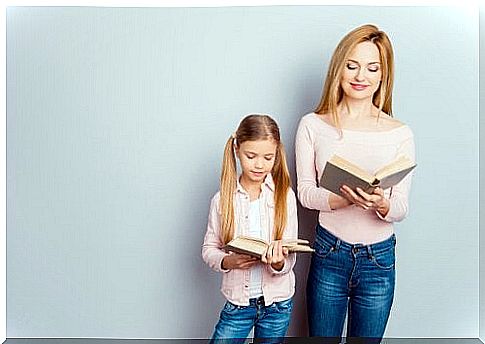
Several forms of modeling
6. Alone or more. This depends on the number of models that perform the action that the subject has to acquire. Learning is greater in the second case, as the observer is given the opportunity to see different, behavioral alternatives.
7. Self-modeling. In this case, the observer and the model are the same person. This technique has achieved great success in treating selective dumbness, through the use of symbolic self-modeling. For example, the observer may see himself performing the action through video editing.
8. Current, symbolic or obscured modeling. The observer may be exposed to a current model (a model that is physically present), a symbolic model (the model is present indirectly, for example in video form) or obscured (the subject learned the behavior by imagining the model’s performance).
9. Command or confrontation modeling. This depends on the model’s level of competencies. In the first case, the model acts without making mistakes to begin with. In the latter, the model gradually improves its performance. The latter method is more effective as the observer, to a greater extent, is able to identify with this.
